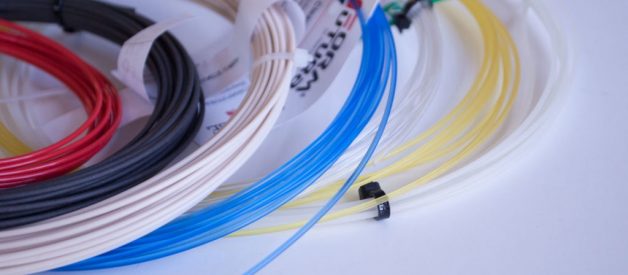From design to painting, we gathered some very useful advice on how to paint 3D printed objects.
As 3D printing has a popular manufacturing method for craftsmen and hobbyist alike, many first prints disappoint enthusiasts as the model does not come out showroom floor ready. Most displays claiming to be 3D printed, have had a lot of post-production polishing. Having a truly finished product is far from professional exclusive, and the work pays off. Your post-production polishing is only as good as the surface you?re working with. In turn, advice on how to paint 3D printed objects must also focus on how a model is printed, and pre-painting steps.
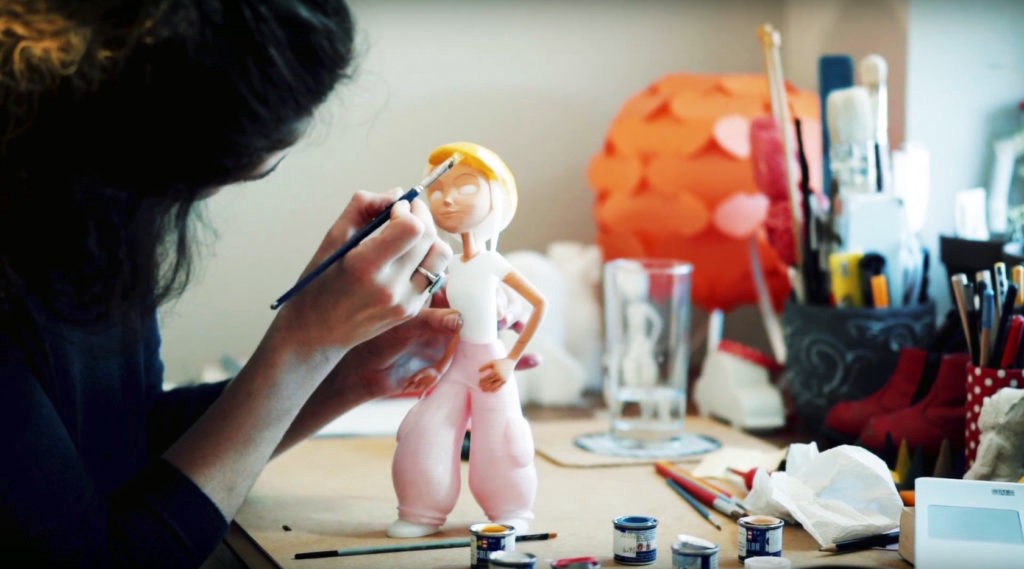
Not only are certain materials better for malleability or sturdiness, various printing plastics are vastly different on how to paint 3D printed objects. ABS can be smoothed by acetone, while PLA works better with ethyl acetate. Different materials can also react to the first polishing in distinct ways as well. For example, metallic filaments are best left in a tumbler for an average of 12?36 hours. Quality wood filaments can usually be sanded like real wood. ABS is more heat resistant and works great for interlocking parts, PLA won?t warp as much during your print and is more rigid than ABS. Exotic filled filaments will mostly depend on the thermoplastic second ingredient.
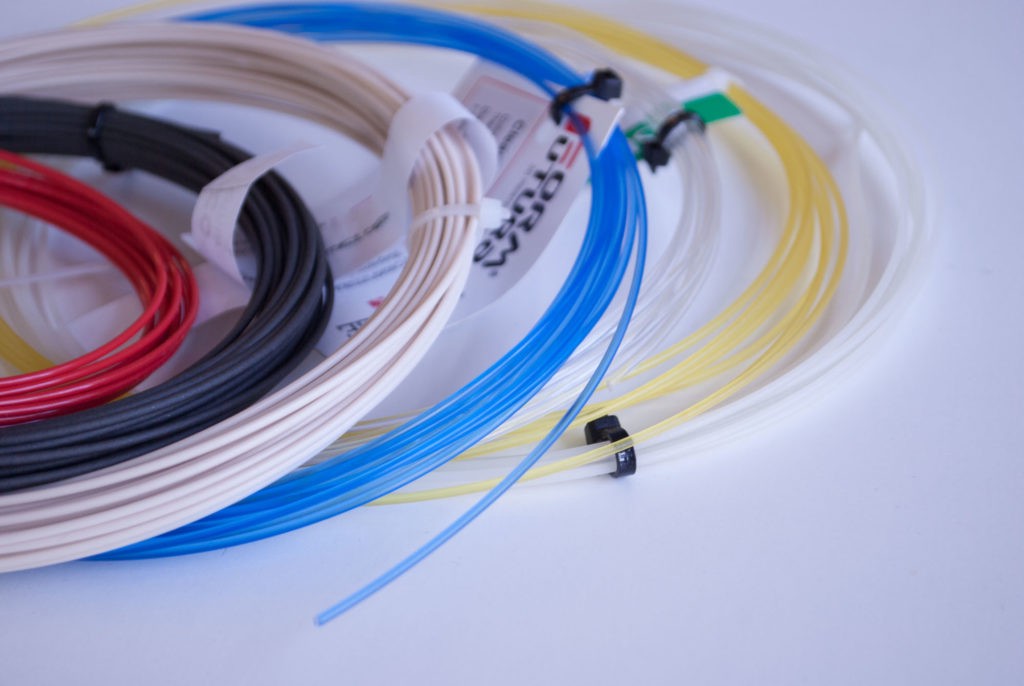
2. Avoid edges
By edges, this refers to how much of your model is in contact with the print bed. This is more of a minor detail as most models can lose a few layers from the bottom during post processing and be fine. If your model is not one of these, then try to reposition your model until you find a way for it to sit with a minimal contact to the print bed.
7 useful #3Dprinting advice on how to paint #3Dprinted objects
CLICK TO TWEET
3. Slow and small
Small and slow print settings will be your friend. A smaller extruder nozzle will result in a finer off-the-printer surface, this is best if you plan on using chemical vapors to smooth your print surface or if you want to preserve intricate details. Another element of cleaner prints is usingadditional fans that are directed at the print itself just beneath the extruder.
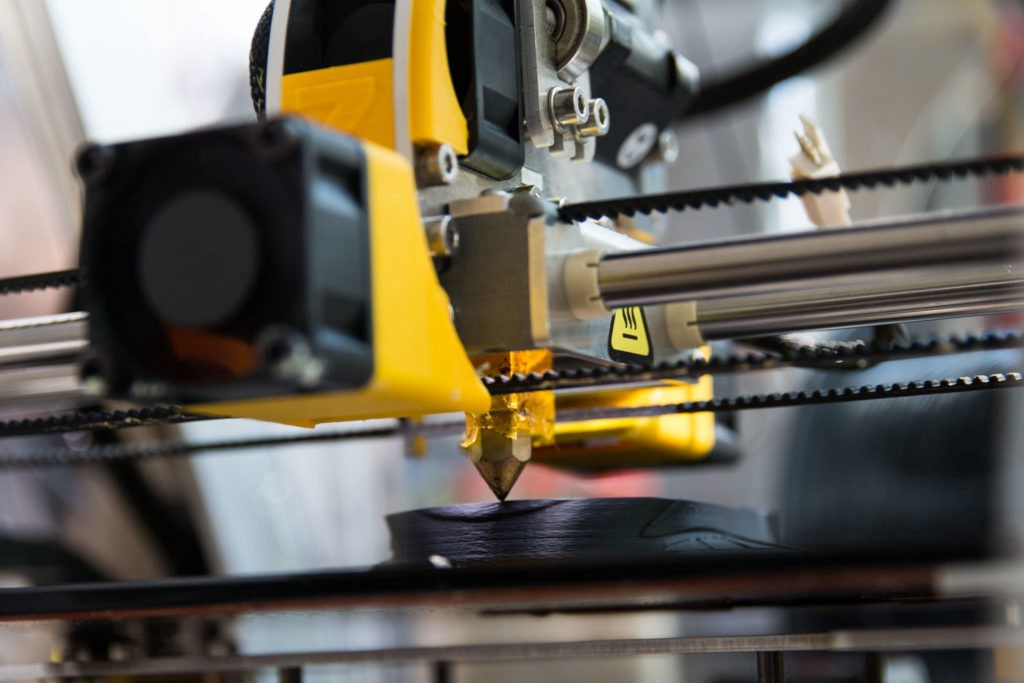
4. Adjust For Your Equipment
If you?re using the ZMorph multitool 3D printer or another high-grade printer, additional fans and extensive sanding may not be required. A great example of a lower need for post-process pre-sanding can be found in Victor Pons?s dragon door knocker. Right off the print bed, there wasn?t much need for filler as the printer didn?t leave much of any ridges, so he could use bonding paint since the surface was already smooth. It allowed the hobbyist to spend more time going above and beyond. Just goes to show that everything effects how to paint 3D printed objects.
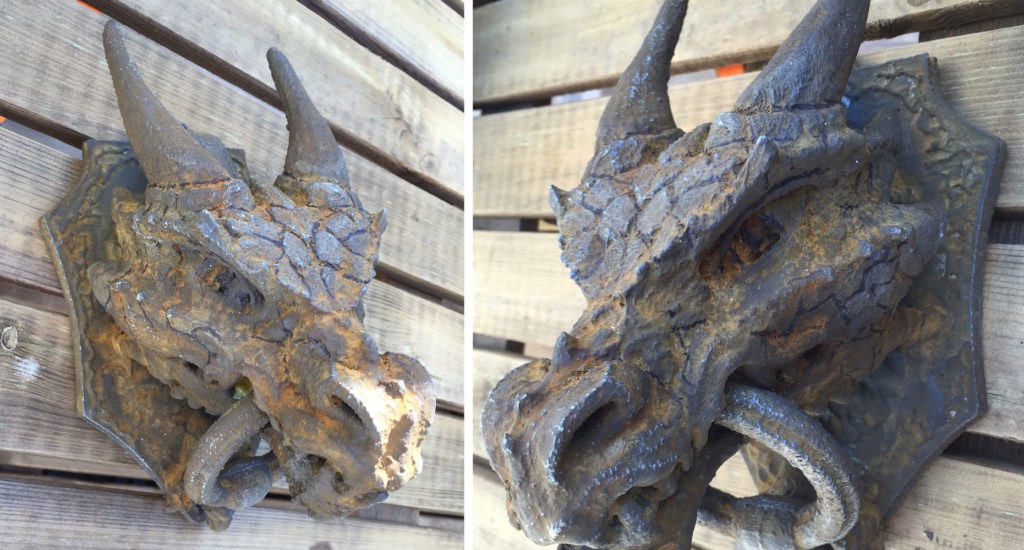
5. Always Optimize Your Surface and Prime
Once you have vapor treated, sanded, and or coated your model with epoxy or resin, you?re ready to paint. Almost any project should include automotive primer, don?t limit yourself to ?3D printing? labeled materials. Acrylics, gesso, automotive paints, and even iron powder can breathe life into your project. Avoid epoxy on 90-degree angles, as a brush on solution will round sharp details.
6. Plan Ahead
If you?re moving the model by hand, pick a spot on the outside to hold it by and apply paint, primer or epoxy to that area last. Nothing can be more frustrating than ruining hours of work with finger marks or moving layers of paint. If your model allows for you to use a stand, this would be best.
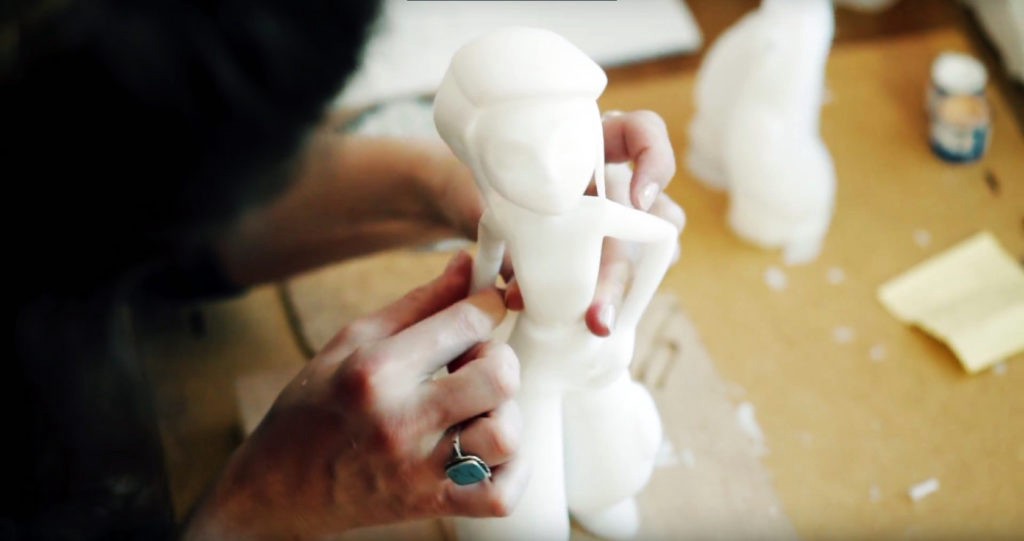
7. Don?t Let Your Work Go To Waste
Research your first layer, and find the paint that bonds best with it. If your model will be handled a lot or needs an extra shine, use automotive clearcoat. Another variable includes primer, satin, gloss, and matte paints for different looks. Once you have a little practice, try weathering techniques like scuffing and dabbing on accent colors only to immediately wipe them away. When possible, use what you have to your advantage, like the natural lines in 3D printing to accent faux wood.
Example printing and post-production process
- Optimize your model digitally.
- Change your printer settings for quality rather than speed.
- 3D print your model.
- Vapor treat if you can.
- Apply a filler putty where need be.
- Sand (raise grain count by 100?150 after each sand).
- Apply filler primer.
- Sand.
- Apply a standard primer or first paint coat.
- Wet sand.
- Paint (preferably with an airbrush). When painting multiple colors, use sealing painters tape and go light to dark colors if you need to layer colors.
- Clearcoat, clearcoat, clearcoat.
Check out the video by 3D Printing Nerd in which he guides you through the entire process.
This is what makes the difference
This list has been crafted from our experience, observing professionals, and well-known enthusiasts to really learn how to paint 3D printed objects without any fluff or methods that are only rumored to work. So practice, practice, practice, your project will thank you for it.
Adjust the chemicals, materials, methods, and repetition as need be for the filament and model you?re working on. Always work with personal safety equipment, and in a well-ventilated area. Though this may seem like a lot of work, it is enjoyable to most to extend their projects after the initial print. As you move along the finishing process you?ll find constant reward as your print comes to smooth, shiny surfaces.
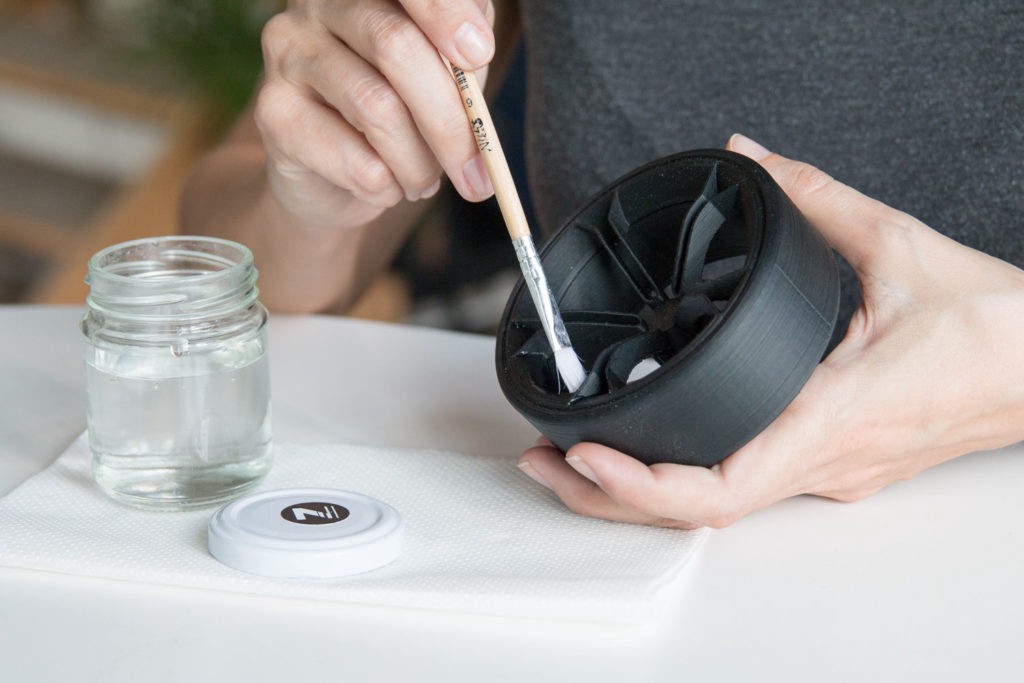
Post processing is the difference between design and a product that stays around for years to come. After a few test runs, you?ll have the skills to bring your models to showroom status. Use these pieces of advice as a modular procedure, as it can change to best fit nearly any project your heart desires.
Additional resources on how to paint 3D printed objects
If you want to explore the topic even further, then you should definitely check the following sources:
- Top 10 3D Printing Tricks by Commando Designs
- The Ultimate Finish ? from 3D Printed to Final Product Look guide on Sculpteo
- Post Processing in 3D Printing by 3D Platform
- 4 Easy Steps to Painting 3D Prints Like a Pro on Pinshape
